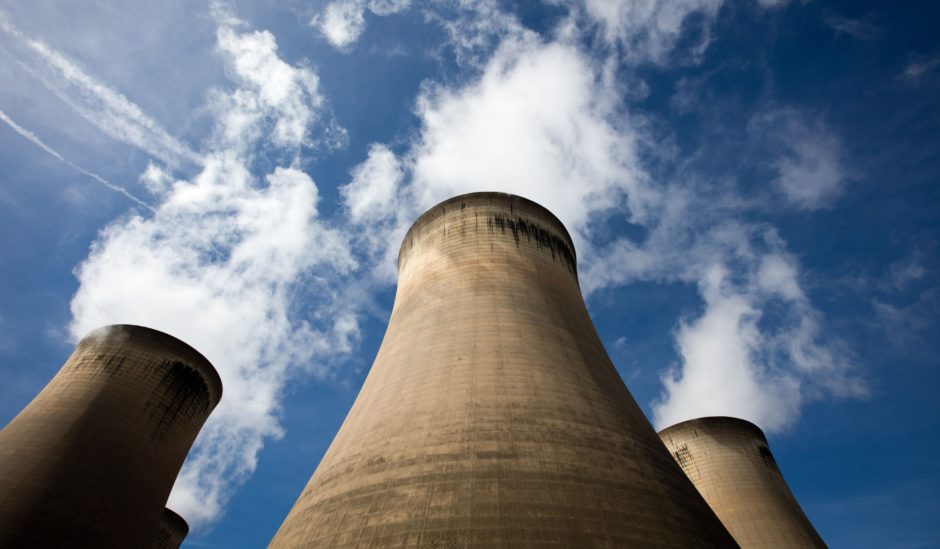
British companies are preparing for the UK government to decide how to spend more than $1 billion on infrastructure capable of capturing and burying millions of metric tons of carbon dioxide pollution.
The money — 800 million pounds — will go toward partially funding a “cluster” that captures emissions from factories and power stations by the middle of this decade. In a bid to shore up its climate credentials, the Conservative party made the promise to spend the sum in its manifesto, before it won a majority in the general election in December.
In 2015, a previous Conservative-led government made the surprise decision to scrap a $1.4 billion carbon-capture and storage contest. Yet no pathway to limit global warming to tolerable levels exists that doesn’t envision some use of the technology. Even if all electricity came from renewables, it doesn’t address the emissions from cement and steel plants—more than 10% of the global total—which have few technology alternatives working at scale.
Last year, the U.K. became the first major country to target net-zero emissions by 2050. That might seem like a long time in the future, but it isn’t, said Dominic Nash, utilities analyst at Barclays Plc. In energy project investment terms “30 years is basically tomorrow.”
Carbon capture projects would make most sense in five main clusters of industrial plants in the U.K. including near the Humber River, Merseyside, Teesside, Runcorn and Grangemouth, according to a report by the consulting group Element Energy Ltd. Those places employ more than 90,000 people in chemicals and oil refining.
The utility Drax Group Plc wants government support for an initiative in the Humber region of England. The system would remove emissions and potentially pipe them to an oil field under the North Sea. “The government would be able to make the greatest contribution toward delivering its world-leading climate ambitions,” said Will Gardiner, chief executive officer of Drax.
Drax’s consortium, which includes Equinor ASA and National Grid Plc, is already working on a system that removes carbon dioxide from burned biomass. It says this will create “negative emissions” because the trees removed CO2 from the atmosphere as they grew and the capture plant would then additionally bury the emissions from burning them.
The technology is called bioenergy with carbon capture and storage, or BECCS, and it’s being tested by Drax in a partnership with Leeds-based startup C-Capture Ltd. The pilot plant is currently capable of capturing 1 metric ton of carbon dioxide each day. With an investment of 50 million pounds the plant can be scaled up this year to capture 100 metric tons each day, said C-Capture chief executive Tom White.
Scaling up the current pilot to one biomass unit that could capture 10,000 metric tons of carbon dioxide each day is “like going from a tricycle to an aircraft,” White said, adding that he’s confident he can accomplish the task in five to seven years.
That one unit would capture about a quarter of the emissions at Drax in 2027, assuming one of its four biomass units is fitted with BECCs and the two currently burning coal are closed. Drax still has the U.K.’s highest stack emissions at the point of combustion. Drax notes that the plants grown to provide biomass for its furnaces absorbed CO2 as they grew and that those forests tend to capture carbon faster than they are harvested.
“The U.K. has been toying with CCS for more than a decade,” Nash said. “This year is the year it might actually push the button on a project.”
Whether that’s likely is unclear. The Department for Business, Energy and Industrial Strategy said the government wants to be a world leader on carbon capture technology and that reaching net-zero emissions will require decisive action across the economy. In an indication of the government’s interest in CCS, U.K. Energy Minister Kwasi Kwarteng visited Drax last week.
